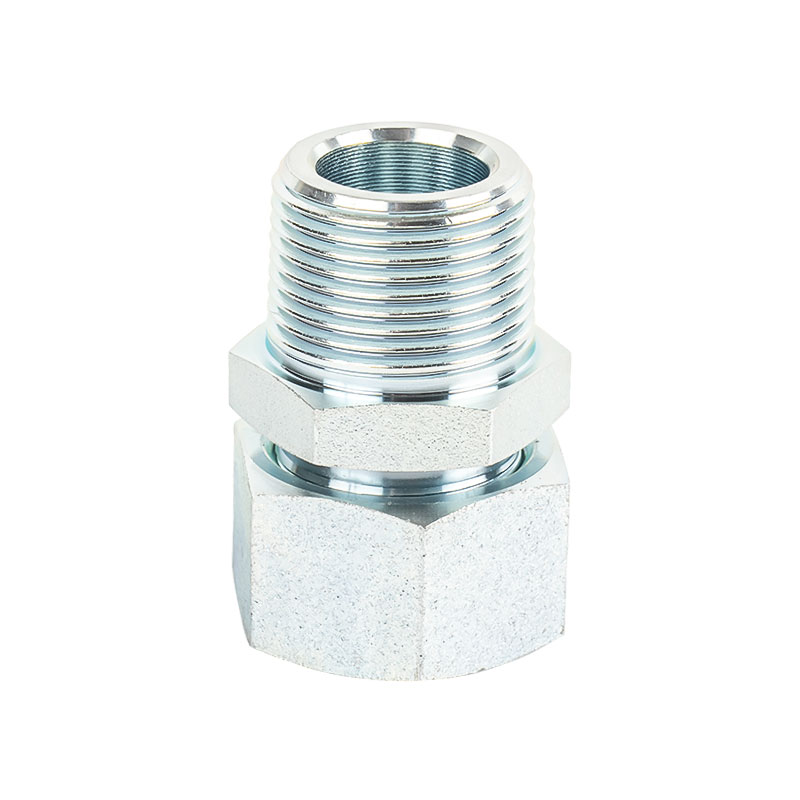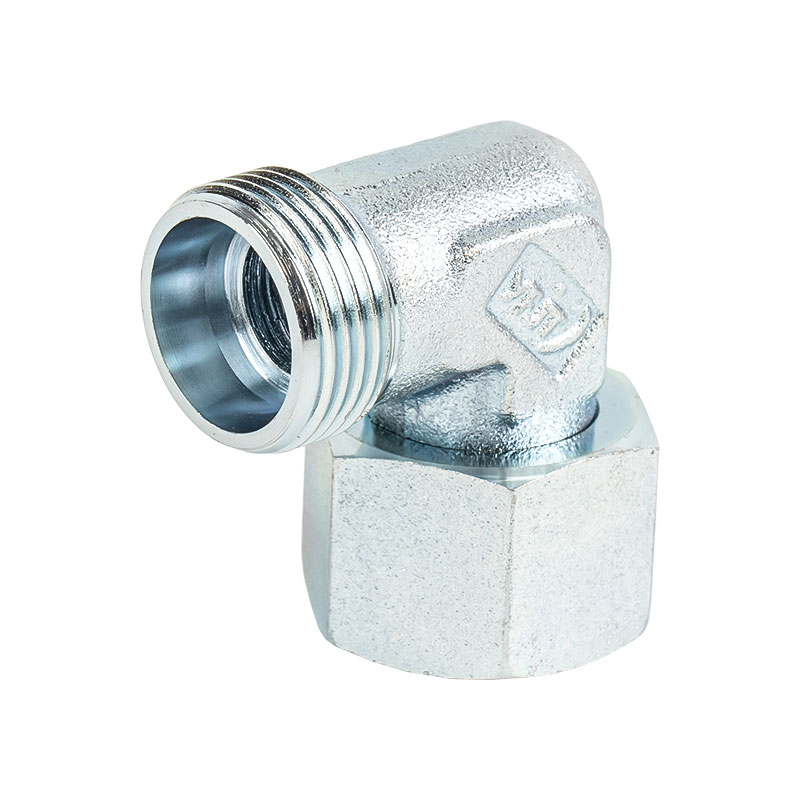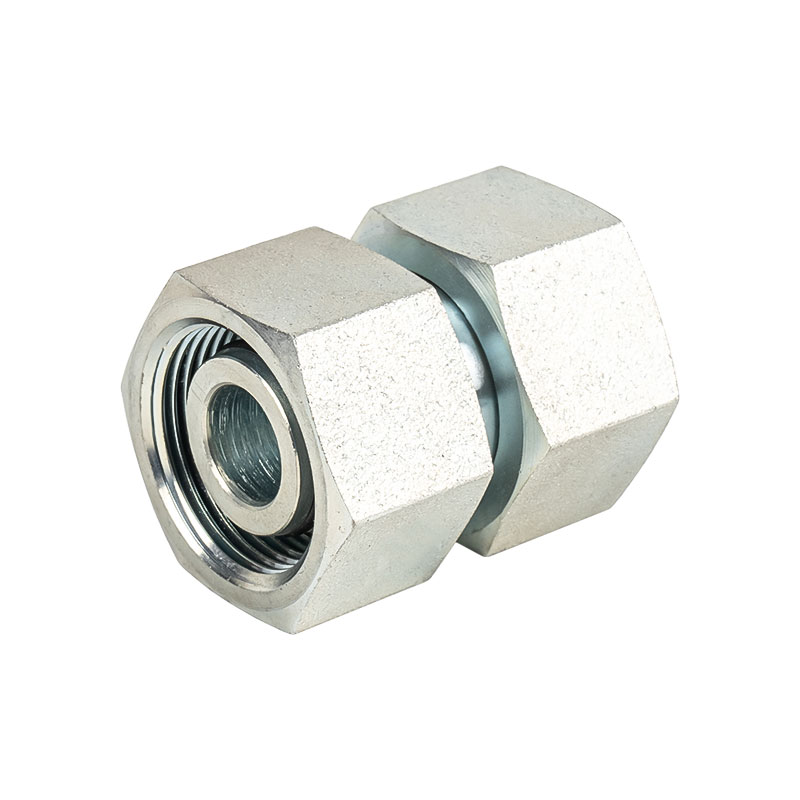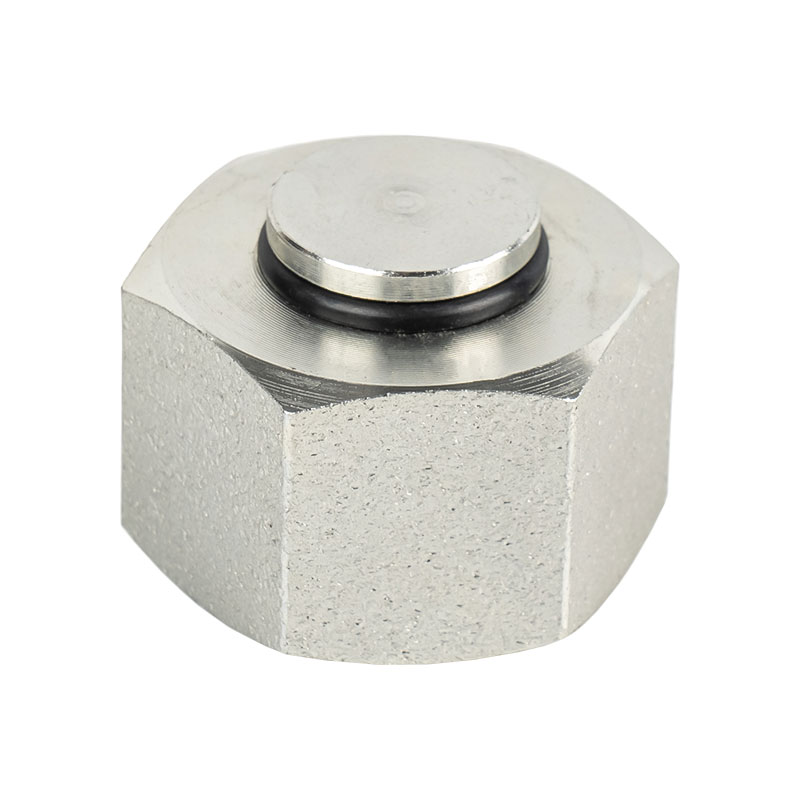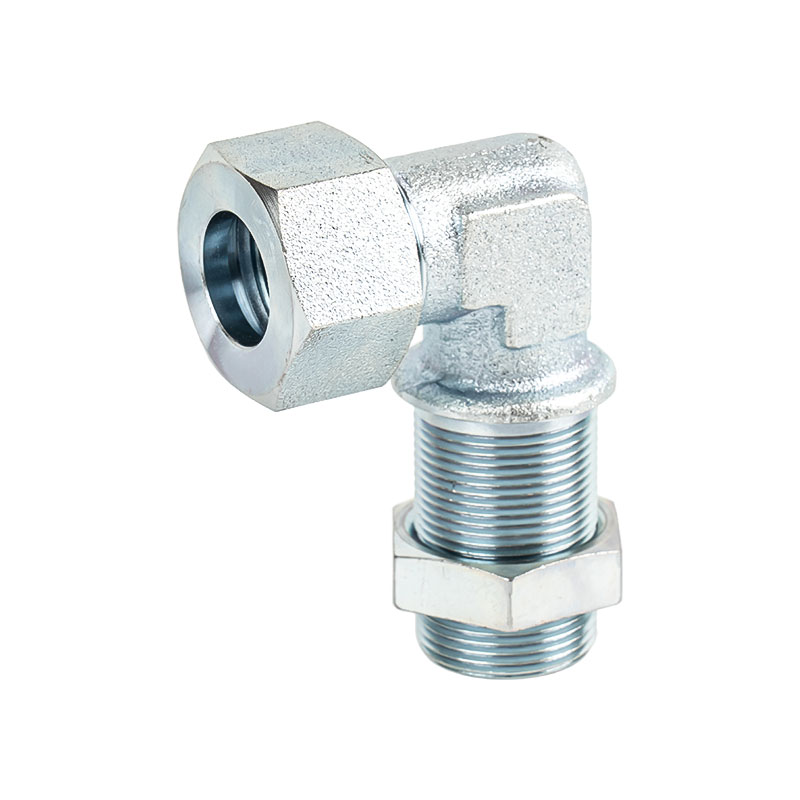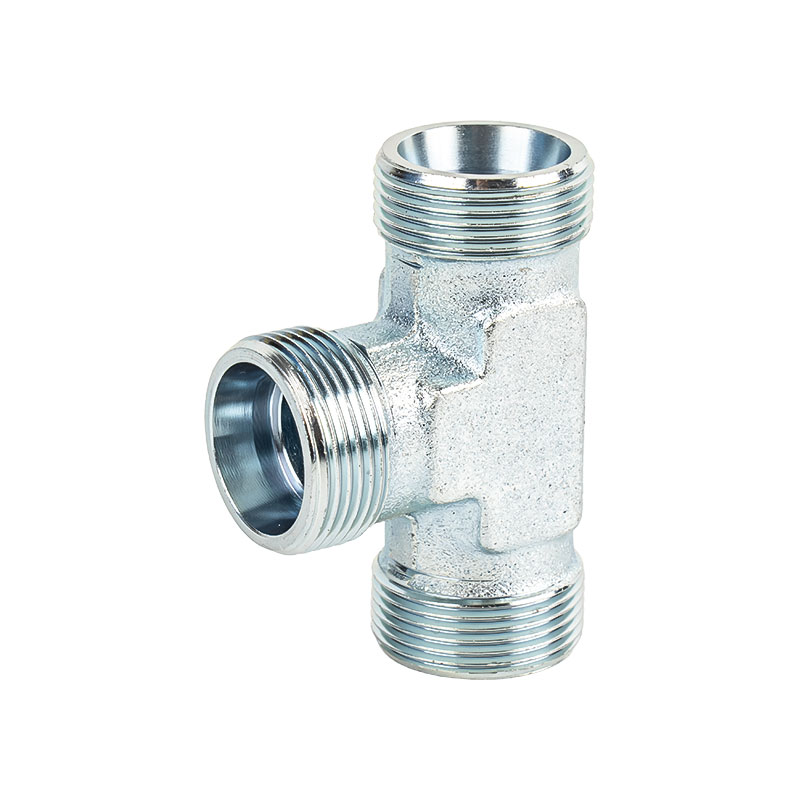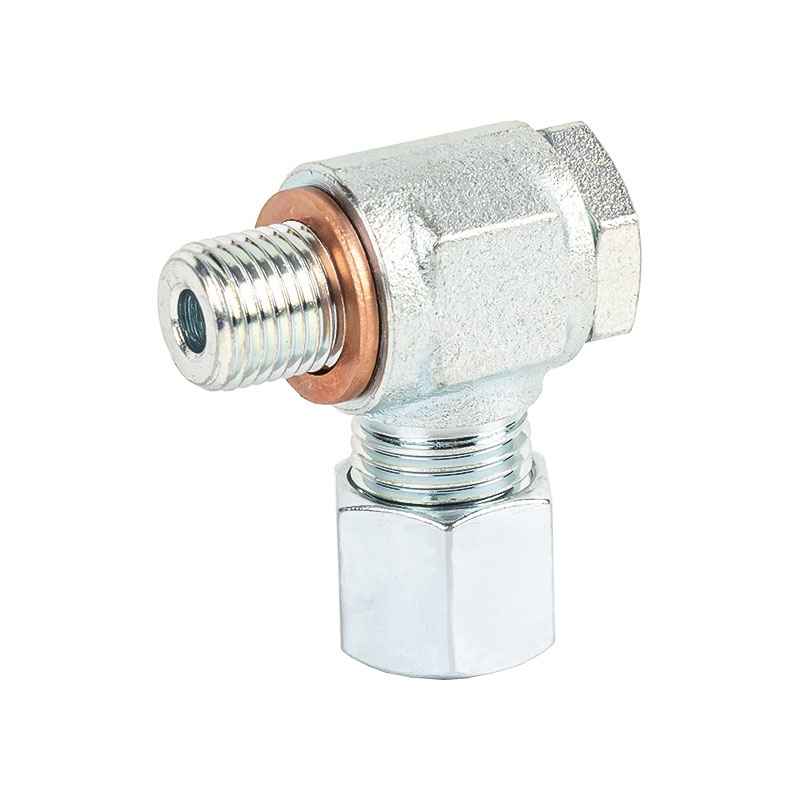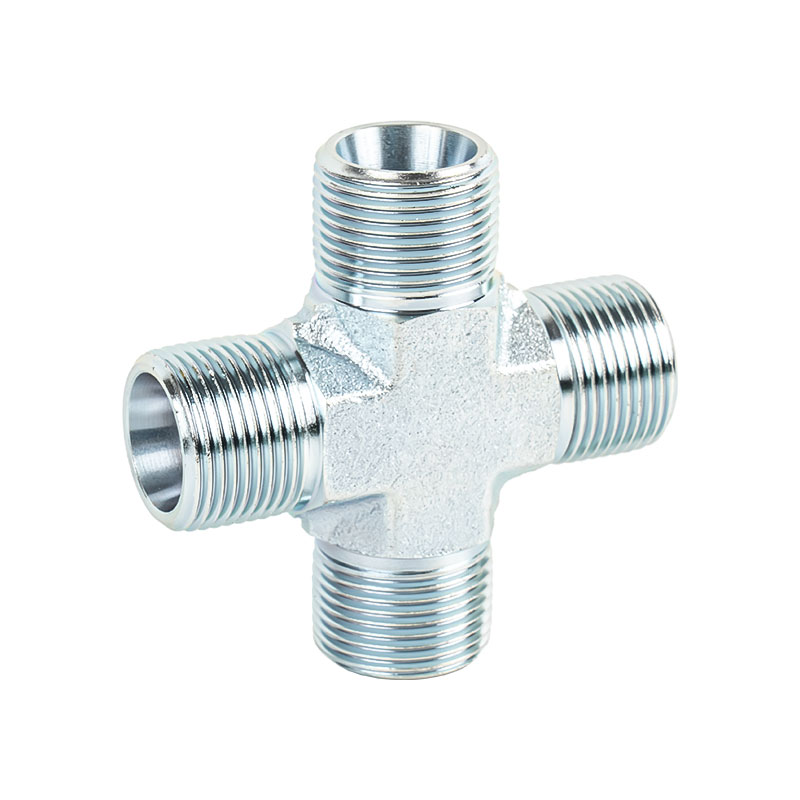As an important connecting component in the hydraulic system, the stability of hydraulic adapter fittings is directly related to the safe operation and performance of the entire system. In some application environments, hydraulic adapters often need to withstand strong vibrations, which puts high demands on their structural design, material selection and installation process.
The stability of hydraulic adapters depends first on their structural design. Reasonable design can effectively resist the stress concentration caused by vibration and prevent the joints from loosening, fatigue or even breaking under long-term vibration. Modern hydraulic adapters usually adopt multiple sealing structures and fastening designs, which not only ensure the sealing performance, but also help to enhance the overall mechanical stability. By reasonably distributing stress points and reducing the situation of excessive local force, hydraulic adapters can better adapt to complex vibration environments.
Material selection is also a key factor in the stability of hydraulic adapters. High-strength and elastic materials can effectively buffer and absorb vibration energy and reduce the damage of vibration to the adapter body. Common metal materials such as stainless steel and alloy steel are widely used in the manufacture of hydraulic adapters due to their mechanical properties and corrosion resistance. At the same time, the seals are made of wear-resistant and fatigue-resistant rubber or polymer materials, which can also maintain good sealing and flexibility in vibration and avoid leakage.
The installation process also has a significant impact on the vibration stability of hydraulic joints. The correct installation method can ensure the close connection between the joint and the pipeline and reduce the risk of loosening. In a vibrating environment, the locking force of the joint needs to be appropriate to prevent the thread from loosening due to vibration. Some hydraulic joints are designed with anti-loosening measures, such as locking nuts or stoppers, which can effectively prevent loosening caused by vibration. During the installation process, attention should also be paid to the protection of the joint parts to avoid the vibration caused by external impact.
In a vibrating environment, the hydraulic system is usually accompanied by high-frequency and low-frequency vibrations alternately, which poses a challenge to the fatigue life of the joint. If the hydraulic joint cannot effectively resist fatigue stress, cracks or seal failure may occur, resulting in system leakage or failure. To this end, manufacturers will simulate vibration conditions through finite element analysis and other methods during design, optimize the structure and materials, and improve the fatigue resistance of the joint. In addition, regular maintenance and inspection can also promptly detect minor damage caused by vibration, take repair or replacement measures, and prevent accidents.
In actual applications, the sources of vibration are diverse, including mechanical equipment operation, engine vibration, ground or structural vibration, etc. Different vibration frequencies and amplitudes have different effects on hydraulic joints. For specific working conditions, hydraulic joints may need to be equipped with damping devices or flexible connections to slow down vibration transmission and reduce the force on the joints. Comprehensive consideration of vibration characteristics, reasonable selection and layout of hydraulic joints will help improve the overall stability of the system.
In addition, pressure fluctuations in the hydraulic system may also aggravate the impact of vibration on the joints. Pressure changes cause fluid impact force fluctuations, which act on the joint connection parts and increase mechanical stress. Stable pressure control combined with high-quality hydraulic joints can effectively reduce this effect and extend the service life of the equipment.
The stability of hydraulic joints under vibration conditions is not only related to the safety of equipment operation, but also directly affects maintenance costs and downtime. Leakage and failure caused by vibration may cause equipment damage and even bring safety hazards. Selecting suitable hydraulic joints and strictly implementing installation and maintenance specifications are key steps to ensure the stable operation of hydraulic systems.

 中文简体
中文简体
